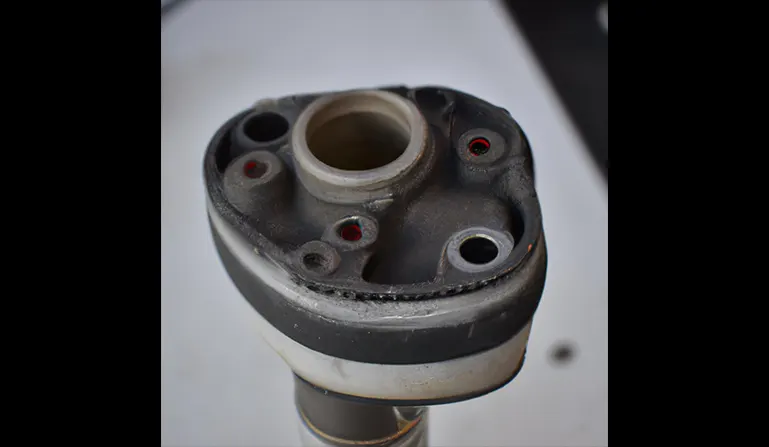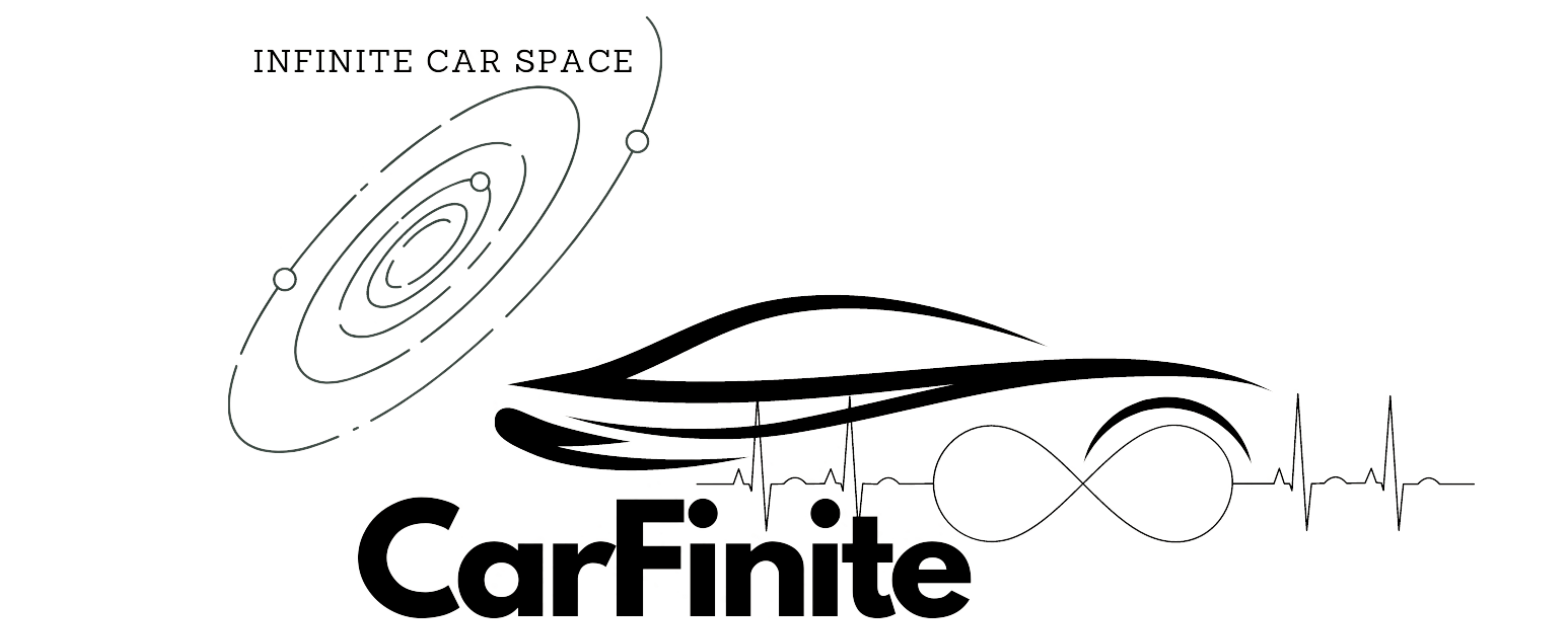This article aims to provide a comprehensive overview of Engine Harmonic Balancers, including their definition, function, importance, and symptoms of a failing Engine Harmonic Balancer.
What are Engine Harmonic Balancers?
Engine Harmonic Balancers are an important component of a car engine. It helps to absorb vibrations and maintain engine performance They are located on the front of the crankshaft.
Harmonic balancers are designed to reduce torsional vibrations that are generated by the engine’s pistons and rods.
The Engine Harmonic Balancer is made up of two parts: an outer ring that is attached to the crankshaft and an inner ring that is attached to a rubber or elastomeric material.
The rubber or elastomeric material acts as a dampener, absorbing the torsional vibrations and reducing the amount of stress on the engine components.
This helps to maintain the smooth operation of the engine, protect the engine components from wear and tear, and improve overall engine performance.

What Does A Harmonic Balancer Do On An Engine?
harmonic balancer, also known as a crankshaft damper, serves two primary functions in an engine:
- Vibration Damping: It helps to dampen the vibrations produced by the engine’s rotating assembly, particularly the crankshaft. By doing so, it prevents these vibrations from causing harm to the engine components and ensures smooth engine operation.
- Inertia: The harmonic balancer also acts as a rotating inertia mass which helps to maintain engine crankshaft rotational momentum, making the engine run more smoothly across varying speeds.
In essence, a harmonic balancer contributes to the longevity and efficient performance of the engine by reducing vibrations and stabilizing the crankshaft’s rotating motion.
What are the different types of Engine Harmonic Balancers?
There are two main types of Engine Harmonic Balancers.
- External Engine Harmonic Balancers: Found on older vehicles and are comprised of a metal ring and a rubber or elastomeric material.
- Internal Engine Harmonic Balancers: They are more common on newer vehicles and are integrated into the crankshaft.
Internal balancers are designed to provide a more efficient and effective vibration reduction solution.
What are the Symptoms of a Failing Engine Harmonic Balancer?
1. Engine vibrations and rattles
If the Engine Harmonic Balancer is worn or damaged, it can no longer effectively absorb torsional vibrations, leading to increased engine vibrations and noise.
2. Engine misfires
When the Engine Harmonic Balancer is worn or damaged, it can cause the crankshaft to become out of balance, leading to engine misfires and reduced performance.
3. Engine warning light on the dashboard
In some cases, a failing Engine Harmonic Balancer can cause the engine warning light to illuminate on the dashboard. This may indicate a problem with the engine’s internal components, such as the crankshaft or the Engine Harmonic Balancer.
4. Engine stalling or not starting
A failing Engine Harmonic Balancer can also cause the engine to stall or not start. This can be due to the Engine Harmonic Balancer’s failure to absorb torsional vibrations, causing the crankshaft to become out of balance and preventing the engine from starting.
What are the Steps Of Engine Harmonic Balancer replacement?
It is important to replace a failing Engine Harmonic Balancer in a timely manner. If left unrepaired, a failing Engine Harmonic Balancer can cause significant damage to the engine and its components.
If the harmonic balancer becomes worn or damaged, it may need to be replaced to avoid engine damage or failure. Here are the steps involved in replacing an engine harmonic balancer:
Step 01: Disconnect the negative battery cable
This will prevent electrical shock or accidental engine start while working on the engine.
Step 02: Remove any necessary engine components
Depending on the engine make and model, you may need to remove other engine components such as the radiator fan, alternator, or air conditioning compressor to gain access to the harmonic balancer.
Step 03: Remove the old harmonic balancer
Use a harmonic balancer puller tool to remove the old harmonic balancer from the crankshaft. Be sure to follow the tool manufacturer’s instructions carefully to avoid damaging the crankshaft or other engine components.
Step 04: Clean the crankshaft
Before installing the new harmonic balancer, it is important to clean the crankshaft thoroughly to remove any dirt, debris, or old gasket material that may be present.
Step 05: Install the new harmonic balancer
Use an installation tool or a large socket to install the new harmonic balancer onto the crankshaft. Be sure to follow the manufacturer’s torque specifications and use the correct type of thread locker or sealant, if required.
Step 06: Reinstall any engine components that were removed
Reinstall any engine components that were removed in step 2, being sure to follow the manufacturer’s torque specifications and procedures.
Step 06: Reconnect the negative battery cable
Reconnect the negative battery cable and start the engine to check for proper operation and any unusual noises or vibrations.
Overall, it is important to follow the manufacturer’s instructions and torque specifications carefully when replacing an engine harmonic balancer to ensure proper installation and avoid engine damage or failure.
Final thoughts
In conclusion, it is important to regularly inspect your Engine Harmonic Balancer and to replace it if it is found to be failing. Regular maintenance of your Engine Harmonic Balancer can help to protect your engine, improve its performance, and prevent costly repairs.

John Smith, a Los Angeles-based car specialist and automotive writer, boasts over 20 years in the industry. With a background as a master technician and a decade-long writing stint at notable automotive publications, John now shares his expansive knowledge on CarFinite, simplifying car maintenance for readers.

